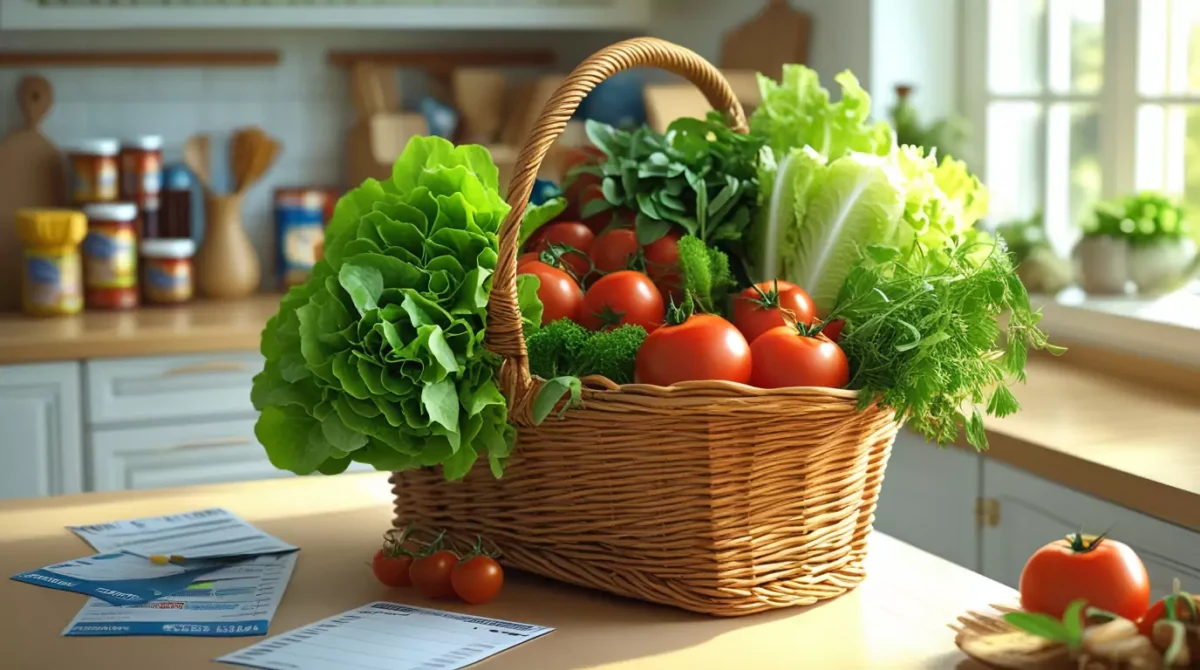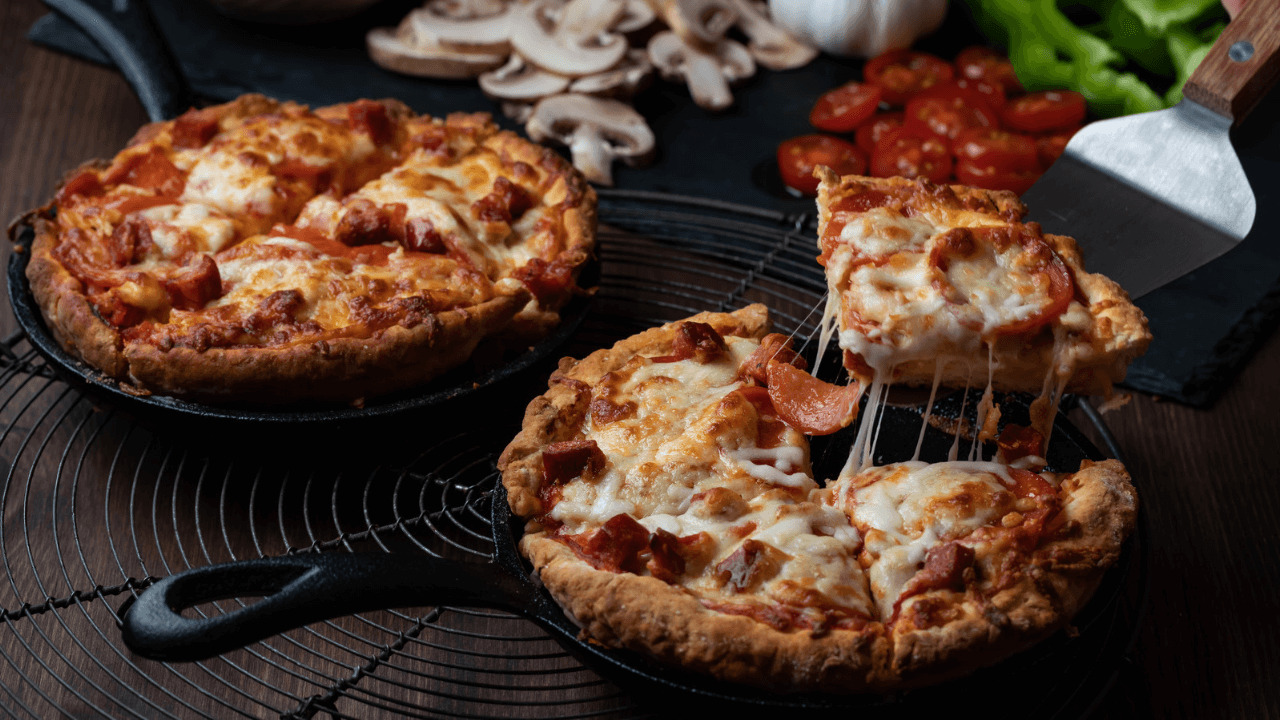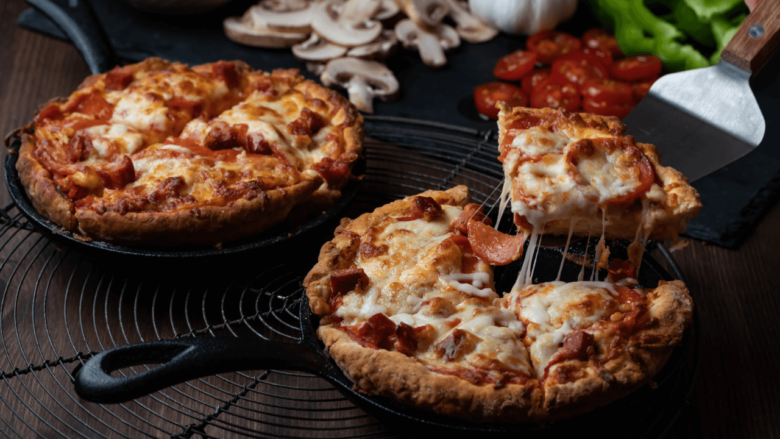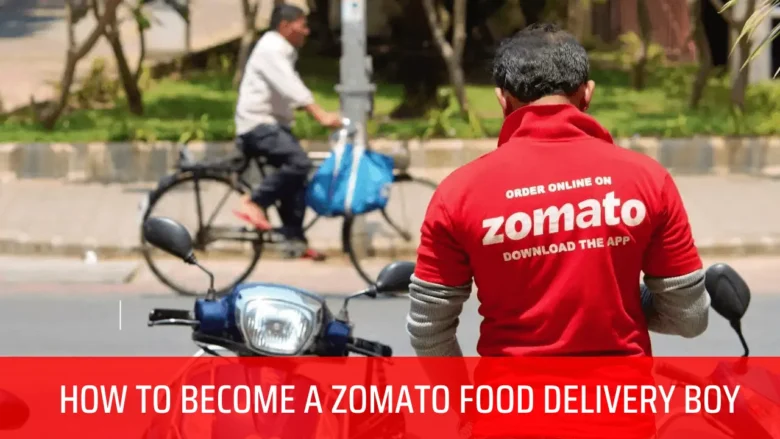You’re standing in Tesco with a trolley that’s somehow already £80 deep and you’ve barely grabbed the essentials.
- The Real Problem With Most Grocery Budgets
- My Strategic Approach to Budget Grocery Lists
- 💖 You Might Also Like
- Step 1: The Pantry Audit (Do This First)
- Step 2: Strategic Meal Planning
- Step 3: The Coupon Collection Strategy
- ✨ More Stories for You
- Creating Your Actual Shopping List
- The Categories That Matter
- The Coupon-Shopping List Integration
- Smart Shopping Tactics That Actually Work
- Timing Is Everything
- The Price Per Unit Trick
- 🌟 Don’t Miss These Posts
- Store Brand Strategy
- Advanced Coupon Stacking Techniques
- The Double Dip
- Cashback Stacking
- Price Matching Plus Coupons
- Technology That Actually Helps
- Common Mistakes That Kill Your Budget
- Building Your Emergency Food Fund
- Teaching Your Family the System
- Seasonal Shopping Strategies
- When Coupons Aren’t Worth It
- Frequently Asked Questions (FAQs)
- How much can I realistically save with coupons?
- Are digital coupons better than paper ones?
- How do I organise my coupons?
- Can you really combine manufacturer and store coupons?
- What’s the best day to go grocery shopping for deals?
- How do I avoid buying things I don’t need just because I have a coupon?
- Are store brands really the same quality as name brands?
- How much time should I spend on coupon planning?
- What if my family complains about cheaper alternatives?
- Should I shop at multiple stores to maximise savings?
Your partner’s giving you that look. The kids are asking for every branded cereal in existence. And your bank balance is crying harder than a toddler in the checkout queue.
Here’s the thing about creating a budget grocery shopping list using coupons – most people are doing it completely backwards.
They’re clipping random vouchers for stuff they don’t need. Then wondering why their weekly shop still costs more than their car payment.
I’m going to show you exactly how I cut my grocery bill by 40% without eating beans on toast for every meal.
The Real Problem With Most Grocery Budgets
Here’s what nobody tells you about food shopping.
The supermarkets have spent millions studying your brain. They know exactly where to put the expensive stuff. They know how to make you impulse buy. And they’re bloody good at it.
Most families overspend on groceries because they shop with their feelings instead of a proper system.
The biggest mistakes I see:
- Shopping when hungry (rookie error)
- No meal planning whatsoever
- Buying branded everything because “it’s better”
- Treating coupons like lottery tickets instead of strategic tools
- Never checking what’s actually in the cupboards first
My Strategic Approach to Budget Grocery Lists
Right, let’s get into the meat of this.
Creating a budget grocery shopping list using coupons isn’t about being cheap. It’s about being smart with your money so you can spend it on things that actually matter.
💖 You Might Also Like
Step 1: The Pantry Audit (Do This First)
Before you even think about coupons, you need to know what you’ve already got.
I learned this the hard way when I found three jars of pasta sauce hiding behind some tins. That’s £6 I could’ve spent on something useful.
Here’s my 10-minute pantry check:
- Open every cupboard and write down what’s there
- Check expiry dates (bin anything dodgy)
- Note quantities of staples like rice, pasta, tinned tomatoes
- Look for “orphan ingredients” – stuff you bought for one recipe then forgot about
This audit alone will save you from buying duplicates. Which happens more than you’d think.
Step 2: Strategic Meal Planning
Most people plan meals like they’re throwing darts blindfolded.
They pick random recipes from Instagram. Then wonder why they need 15 different spices for one week’s cooking.
Here’s my approach:
Pick meals that share ingredients
If you’re buying chicken thighs for Monday’s curry, use them again for Wednesday’s traybake. Same protein, different flavours.
Build around what’s on offer
Check the supermarket apps before planning. If beef mince is 30% off, that’s three meals sorted right there.
Keep a rotation of 12 meals
I’ve got 12 go-to meals that my family actually enjoys. Rotate through them. Never get bored, never waste food.
Step 3: The Coupon Collection Strategy
Right, here’s where most people go wrong with coupons.
They collect every voucher they see like they’re Pokemon cards. Then end up buying stuff they’d never normally touch just because there’s 50p off.
✨ More Stories for You
My coupon rules:
- Only collect coupons for stuff you already buy
- Stack store coupons with manufacturer coupons when possible
- Use apps like Honey and TopCashback for extra savings
- Time your shopping around double coupon days
Best places to find legit coupons:
- Supermarket apps (Tesco Clubcard, Sainsbury’s Nectar)
- Sunday newspapers (still a goldmine)
- Brand websites and social media
- Cashback apps like Airtime Rewards
- Direct mail (don’t bin those supermarket leaflets)
Creating Your Actual Shopping List
Now we’re getting to the practical stuff.
Your shopping list needs to be more than a random collection of items scribbled on the back of an envelope.
The Categories That Matter
Essentials (can’t live without):
- Bread, milk, eggs
- Basic proteins
- Cooking staples (oil, salt, pepper)
Planned meals (specific ingredients):
- Everything for your weekly meal plan
- Nothing more, nothing less
Household items (boring but necessary):
- Cleaning supplies
- Toiletries
- Pet food if you’ve got furry freeloaders
Treats (because life’s too short):
- One or two items that make you happy
- Budget for this or you’ll impulse buy worse stuff
The Coupon-Shopping List Integration
This is where the magic happens.
I use a simple system:
- Write my list in order of store layout
- Mark items where I’ve got coupons with a star
- Note substitute options if my preferred brand isn’t on offer
- Set a hard spending limit for each category
Example entry: Chicken breast (2kg) – Coupon: £2 off when spend £10 on meat Alternative: Thighs if breast over £5/kg
Smart Shopping Tactics That Actually Work
Here’s the stuff that separates the pros from the amateurs.
Timing Is Everything
Best times to shop:
- Tuesday mornings (new offers start, shelves restocked)
- Late Sunday evening (clearance items marked down)
- First thing after bank holidays (less crowded, better choice)
Avoid these times:
- Saturday afternoons (zoo-like conditions)
- Just before dinner (you’ll buy everything in sight)
- Payday weekend (prices often jump up)
The Price Per Unit Trick
This one’s a game-changer.
🌟 Don’t Miss These Posts
Don’t look at the big price. Look at the price per 100g or per litre.
That “family size” pack might actually be more expensive per unit than the regular one. The supermarkets are banking on you not doing the maths.
Store Brand Strategy
Own-brand products are usually 20-40% cheaper than branded equivalents.
But here’s the thing – they’re often made in the same factories. Same recipe, different packaging.
Where own-brand works brilliantly:
- Basic ingredients (flour, sugar, tinned tomatoes)
- Cleaning products
- Painkillers and vitamins
- Pasta and rice
Where it’s worth paying extra:
- Items where taste really matters to your family
- Products you use tiny amounts of
- Things where the branded version lasts significantly longer
Advanced Coupon Stacking Techniques
Right, this is for the keen beans who want to maximise every penny.
The Double Dip
Use a manufacturer coupon AND a store coupon on the same item. Not all shops allow this, but when they do, it’s beautiful.
Cashback Stacking
Pay with a cashback credit card. Use the store’s cashback app. Apply any relevant coupons.
I once got paid £2 to buy a bottle of washing-up liquid this way.
Price Matching Plus Coupons
Some stores will price match competitors then let you use coupons on top. That’s the holy grail right there.
Technology That Actually Helps
I’m not a massive tech guy, but these apps genuinely save money:
Honey Automatically applies coupon codes online. Works for grocery delivery too.
TopCashback/Airtime Rewards Cashback on grocery shopping. Links to your cards automatically.
Store Apps Tesco, Sainsbury’s, ASDA all have decent apps with exclusive offers.
Trolley.co.uk Compares prices across different supermarkets. Massive time-saver.
Common Mistakes That Kill Your Budget
Let me save you some pain here.
Mistake 1: Coupon Hoarding If you’re not using them within a month, bin them. Expired coupons are worthless paper.
Mistake 2: Brand Loyalty Gone Mad Just because you’ve always bought Heinz doesn’t mean you always should. Taste test the alternatives.
Mistake 3: Bulk Buying Everything Only bulk buy non-perishables you definitely use. That 5kg bag of rice is only a bargain if you actually eat rice.
Mistake 4: Ignoring Unit Prices The biggest pack isn’t always the cheapest per unit. Do the maths or get stung.
Mistake 5: Shopping Multiple Stores for Tiny Savings Your time and petrol money matter too. Unless the savings are substantial, stick to one main shop.
Building Your Emergency Food Fund
Here’s something nobody talks about enough.
Having a well-stocked pantry is like having money in the bank.
Monthly pantry builders:
- One extra tin of tomatoes
- Extra bag of pasta or rice
- Frozen vegetables when on offer
- Long-life milk
- Tinned protein (tuna, chicken, beans)
Build this slowly using coupons and offers. When life throws you a curveball, you’ve got meals sorted without breaking the bank.
Teaching Your Family the System
If you’re the only one following the budget, you’re fighting a losing battle.
Get everyone involved:
- Show the kids how much things cost
- Let them help find coupons
- Explain why you choose certain brands
- Celebrate the wins when you get a great deal
My 8-year-old now spots yellow stickers from three aisles away. That’s proper training right there.
Seasonal Shopping Strategies
Different times of year call for different approaches.
January: New Year health foods on offer, clearance Christmas items Spring: Fresh produce getting cheaper, Easter chocolate deals Summer: BBQ supplies, fresh fruit at peak season Autumn: Back-to-school supplies, preserving ingredients Winter: Comfort food ingredients, Christmas planning
Plan your big shops around these patterns.
When Coupons Aren’t Worth It
Sometimes the voucher isn’t the bargain it seems.
Skip coupons when:
- The own-brand version is still cheaper
- You’re buying something you don’t actually need
- The minimum spend requirement forces you to overspend
- It’s for a product that doesn’t align with your meal plan
Frequently Asked Questions (FAQs)
How much can I realistically save with coupons?
Most families save between 15-30% on their grocery bill with a proper system. I personally save around 40%, but I put serious effort into it.
Are digital coupons better than paper ones?
Both have their place. Digital coupons are convenient and harder to lose, but paper coupons from newspapers often have higher values.
How do I organise my coupons?
Keep it simple. I use a small accordion folder with sections for different stores. Anything more complicated and you won’t stick to it.
Can you really combine manufacturer and store coupons?
Some stores allow it, others don’t. Check the store policy – it’s usually on their website or customer service desk.
What’s the best day to go grocery shopping for deals?
Tuesday mornings are brilliant for new offers and restocked shelves. Late Sunday for clearance bargains.
How do I avoid buying things I don’t need just because I have a coupon?
Stick to your list religiously. If it’s not on there, you don’t buy it – coupon or no coupon.
Are store brands really the same quality as name brands?
Often they’re made in the same factories with nearly identical ingredients. Try them – you might be surprised.
How much time should I spend on coupon planning?
About 30 minutes a week max. Any more and you’re not being efficient with your time.
What if my family complains about cheaper alternatives?
Introduce changes gradually. Mix expensive and cheap items. Focus on areas where taste difference is minimal first.
Should I shop at multiple stores to maximise savings?
Only if the savings are substantial enough to cover your time and travel costs. Usually, one main shop with strategic top-ups works better.
The bottom line on creating a budget grocery shopping list using coupons is this: it’s not about being cheap, it’s about being strategic with your money so you can spend it on what actually matters to your family.



























